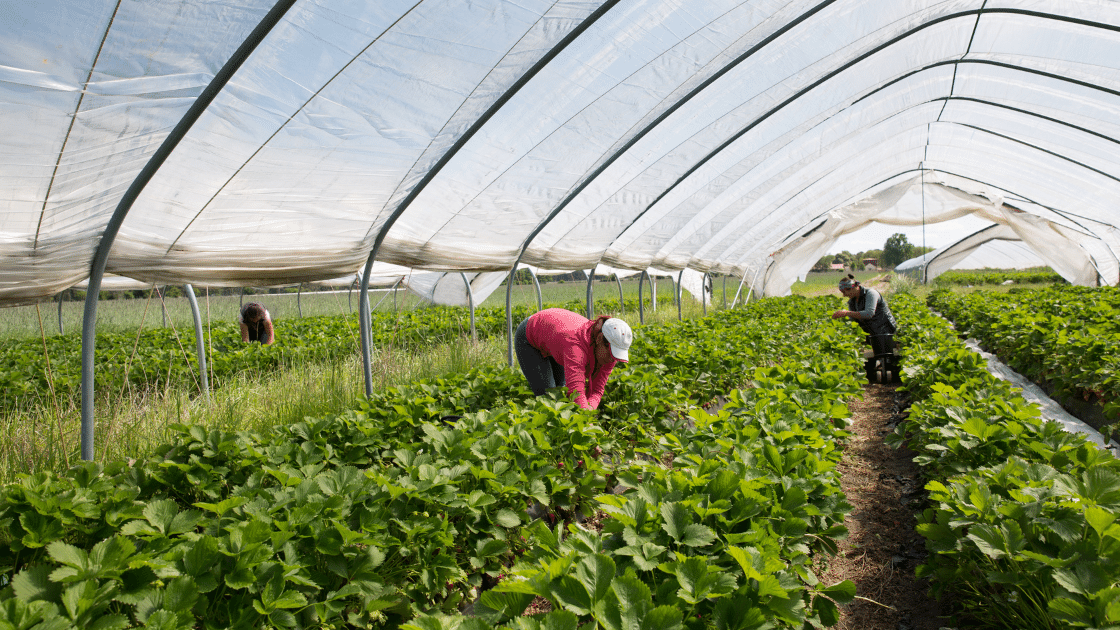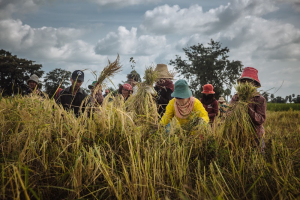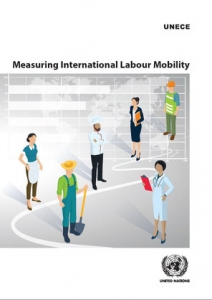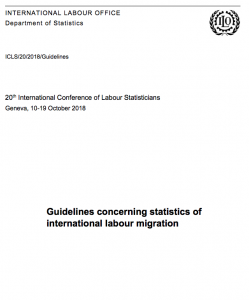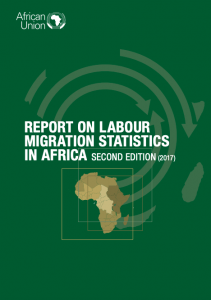A lack of political prioritization of migration data and transparency
The lack of political prioritization of seasonal workers’ concerns is certainly to blame. This is compounded by the dearth of comprehensive, meaningful data on the issue: significant underestimates of these workers and patchy data on the impact of COVID-19 on their movements, working conditions and health undermine workers’ rights, and threaten their and the public’s health and ultimately food security. The numbers that do exist do not give us a representative picture of the sector and the role of migrants within it. This creates serious gaps in the information needed to design effective policies and monitor the impact of COVID-19 related policies on seasonal migrant workers. With the agricultural season in the Global North in full swing again, and labour mobility far from returning to pre-pandemic dynamics, we need to ensure that existing data collection systems are up to the task.
Under the radar: Why it is so difficult to estimate the number of seasonal migrant workers?
It is not easy to estimate how many seasonal migrant workers, of which nationalities and other characteristics are employed in the agricultural sector. There are no official data sources designed to understand this particular issue, and the sector’s specific characteristics complicate matters: recruitment periods are very short, and demand for labour has to be effectively matched with supply, both in space and time. The mix of personal networks, private firms, frequent subcontracting and high levels of informality further fragment the data landscape. In the US, for example, up to 50% of US-farm labourers are estimated to enter through unofficial channels, thus not appearing in official statistics. And the cost of informality on seasonal migrant workers is huge – often, employment conditions are exploitative, and workers are forced to work long hours under precarious conditions with little or no pay.
Limitations of traditional data sources
Using only traditional data sources – such as administrative, census and survey data – makes it difficult to get a detailed idea of migrants’ employment in the sector. Censuses span long periods of time – usually five to ten years – and may be incomplete and inadequate to provide timely information on short-term migration dynamics, and non-response rates are high. Face-to-face surveys have also been disrupted due to the pandemic. Administrative records, such as visas and entry permits, may to some extent identify and analyze migrant stocks and flows. But their ability to act as sources for short-term migration data is limited in areas of free movement, such as the EU, and in the context of informal employment.
Where do we go from here?
There are ways to increase the meaningfulness of existing data sources. The COVID-19 pandemic has given such efforts another push. Administrative data, for example, can be used to deliver new migration measures. This is the case in the UK, where figures for National Insurance numbers registered for non-British nationals are being used to measure the impact of COVID-19 related travel restrictions on migration – including short-term migration – to the UK. Data triangulation, i.e. the integration of different data sources to fill gaps, is highly relevant in countries with less advanced statistical systems and can help capture temporary and circular migration.
Using new data sources to forecast labour migration movements
Complementing traditional with new data sources, such as mobile phone, social media, and satellite data, can significantly increase meaningfulness of data, especially since mobile phone penetration is increasingly high in most world regions. Data are collected with every action, often have fine-grained geographic accuracy, and come at a relatively low (economic) cost. Such data sources might also help overcome issues around informality, measure seasonal migratory patterns accurately – as this project between Namibia and Senegal shows - forecast labour migration movements and monitor public sentiments towards migrant workers. The sampling issues stemming from underrepresentation of migrants in many surveys can be overcome by introducing migrant-focused sampling methods. For example, Facebook advertisements have been shown to be a useful tool to include more migrants in survey data collection, thereby increasing the relevance of the survey’s findings for migration policy. Methodologies and questionnaires of existing survey tools can be adapted to mobile populations to broaden the sampling frame, including by introducing GIS and mobile phone data, as this project on data collection on the link between cities and sustainable development shows.
Improving institutional centralization and cooperation
Beyond tackling the issue at the (data) source, improving institutional arrangements and cooperation can go a long way. Regional bodies like the EU could push for greater harmonization and centralization of definitions, data collection and sharing. Better arrangements for identifying mutual data gaps and sharing that data between different ministries and other entities responsible for different legs of the migration journey could provide a more complete picture. And greater formality and regulation of the sector would help the effort of data collection.
The COVID-19 pandemic has shown that there is scope for shifting policies towards new long-term priorities during a moment of crisis. The fear over a shortage of global food supplies has raised awareness about the strategic value of the agricultural sector and the crucial role of seasonal migrant workers within it. This could begin a transformative discussion about the need to understand more holistically how migrants interact with specific economic sectors and communities. Improving meaningfulness of the data collected on seasonal agricultural migrant workers – while not a panacea for improved policies – can help us strengthen advocacy and target advice to decision makers.
